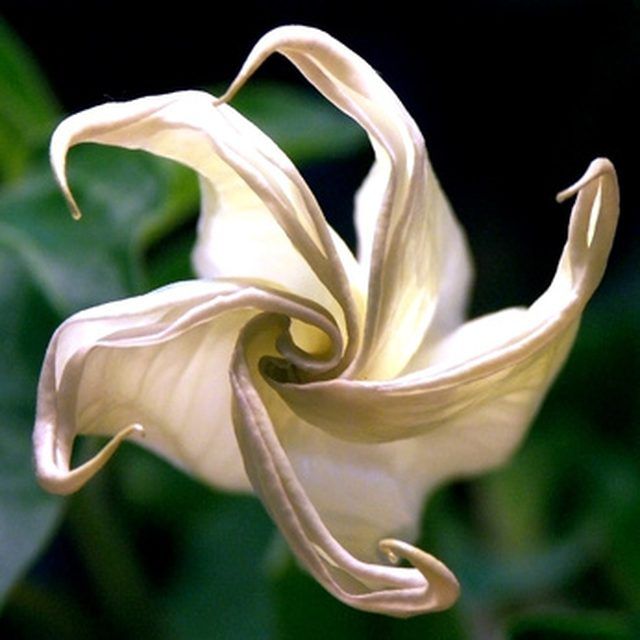Bulbs
Flower Basics
Flower Beds & Specialty Gardens
Flower Garden
Garden Furniture
Garden Gnomes
Garden Seeds
Garden Sheds
Garden Statues
Garden Tools & Supplies
Gardening Basics
Green & Organic
Groundcovers & Vines
Growing Annuals
Growing Basil
Growing Beans
Growing Berries
Growing Blueberries
Growing Cactus
Growing Corn
Growing Cotton
Growing Edibles
Growing Flowers
Growing Garlic
Growing Grapes
Growing Grass
Growing Herbs
Growing Jasmine
Growing Mint
Growing Mushrooms
Orchids
Growing Peanuts
Growing Perennials
Growing Plants
Growing Rosemary
Growing Roses
Growing Strawberries
Growing Sunflowers
Growing Thyme
Growing Tomatoes
Growing Tulips
Growing Vegetables
Herb Basics
Herb Garden
Indoor Growing
Landscaping Basics
Landscaping Patios
Landscaping Plants
Landscaping Shrubs
Landscaping Trees
Landscaping Walks & Pathways
Lawn Basics
Lawn Maintenance
Lawn Mowers
Lawn Ornaments
Lawn Planting
Lawn Tools
Outdoor Growing
Overall Landscape Planning
Pests, Weeds & Problems
Plant Basics
Rock Garden
Rose Garden
Shrubs
Soil
Specialty Gardens
Trees
Vegetable Garden
Yard Maintenance
How to Find Datura Stramonium
How to Find Datura Stramonium. Datura stramonium goes by the common names jimsonweed and moonflower because its flowers open fully only at night, and only for one night each. A member of the deadly nightshade family, datura stramonium leaves and seeds are highly toxic to humans and animals. It grows in the wild in many areas of the United States in...

Datura stramonium goes by the common names jimsonweed and moonflower because its flowers open fully only at night, and only for one night each. A member of the deadly nightshade family, datura stramonium leaves and seeds are highly toxic to humans and animals. It grows in the wild in many areas of the United States in the Southwest, Midwest and from New England to Florida. Though it's actually an annual herb, it is often considered a weed, flourishing from May to October.
Recognize datura stramonium by its shape, color and size. It grows in large groupings of branching plants, up to 5 feet tall with large green leaves that resemble those of sunflower. Study the flowers so you'll know what to look for: a long, funnel shape in light violet to lavender, opening fully only late at night.
Follow your nose. You may very well smell this plant before you see it. Datura stramonium literally stinks. A rank, pungent odor.
Look in the dry flats around the foothills in ditches and by roadsides anywhere in the Southwest. Datura stramonium grows best in the lower elevations of mountainous areas, up to about 7,000 feet.
Find datura stramonium growing wild in overgrazed pastures, on farms and in fields from New England to Florida. It loves the full sun of an open field and livestock won't touch it, so it's easy to spot.
Check out soybean fields in the south and central parts of the United States. According to Cornell University, datura stramonium is the most common weed to be found among soybeans.
Tips & Warnings
Look for datura stramonium seed pods in the late summer and early fall. They're easily recognized for their green, spiny, walnut-like shape. Just don't eat them: They are poisonous.
Don't allow children near a datura stramonium. A few seeds accidentally ingested can kill a small child.